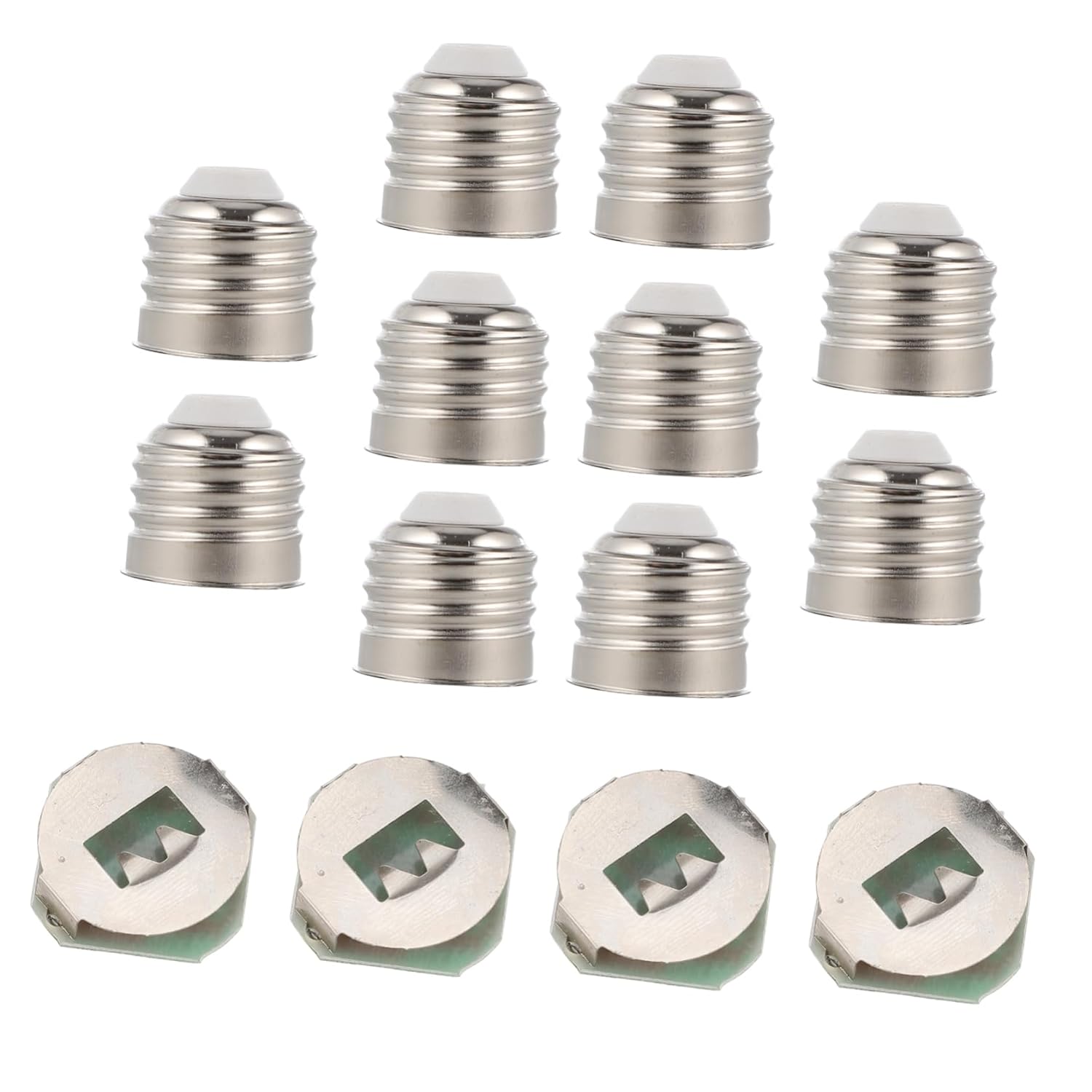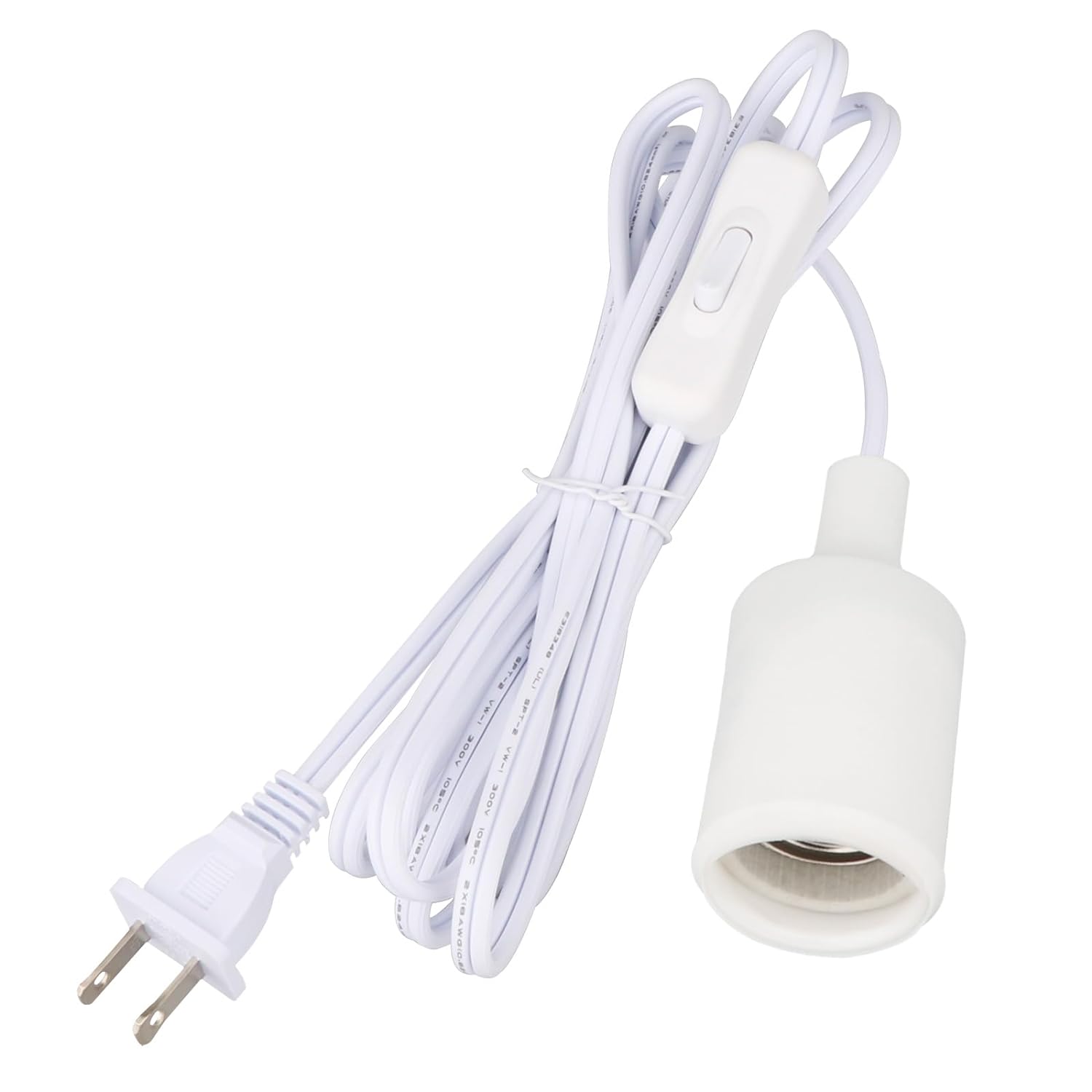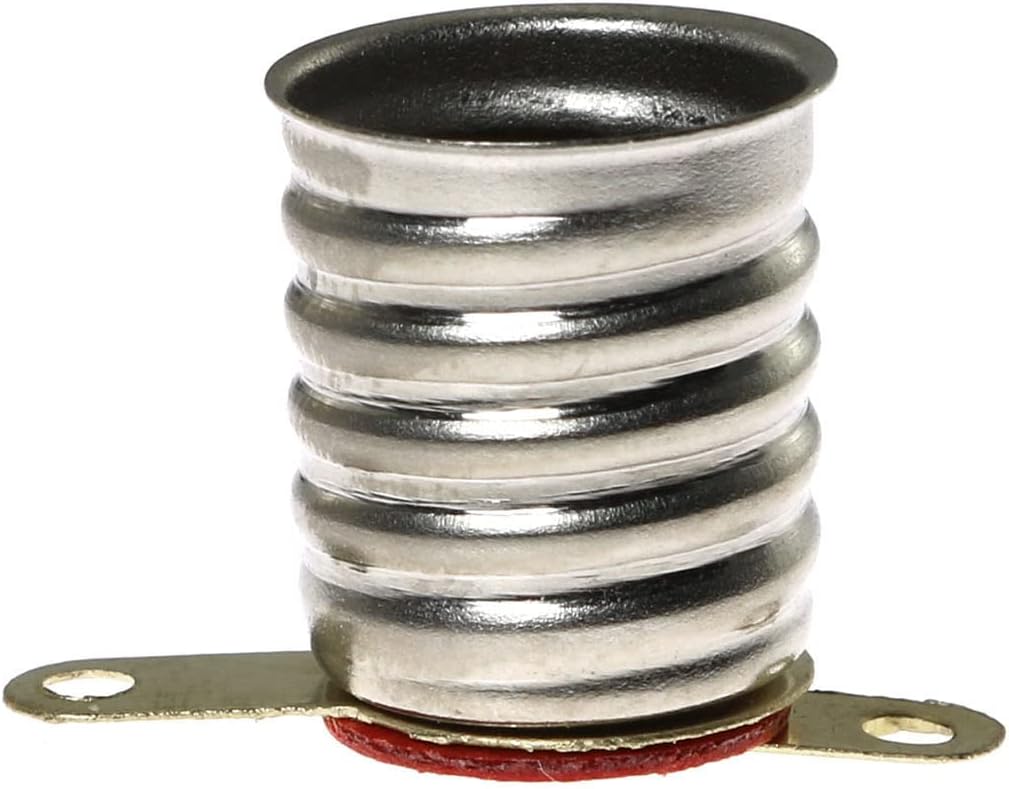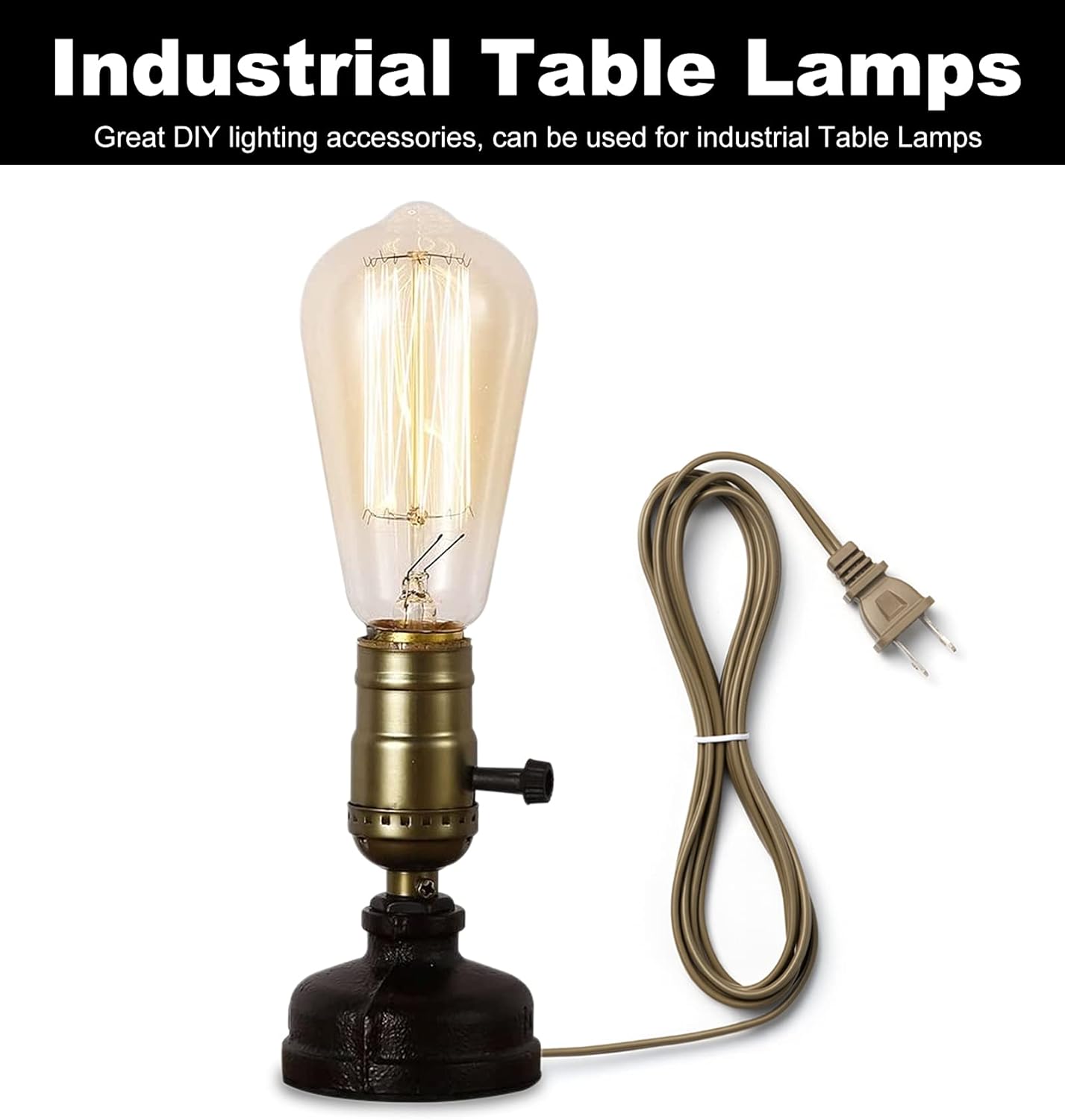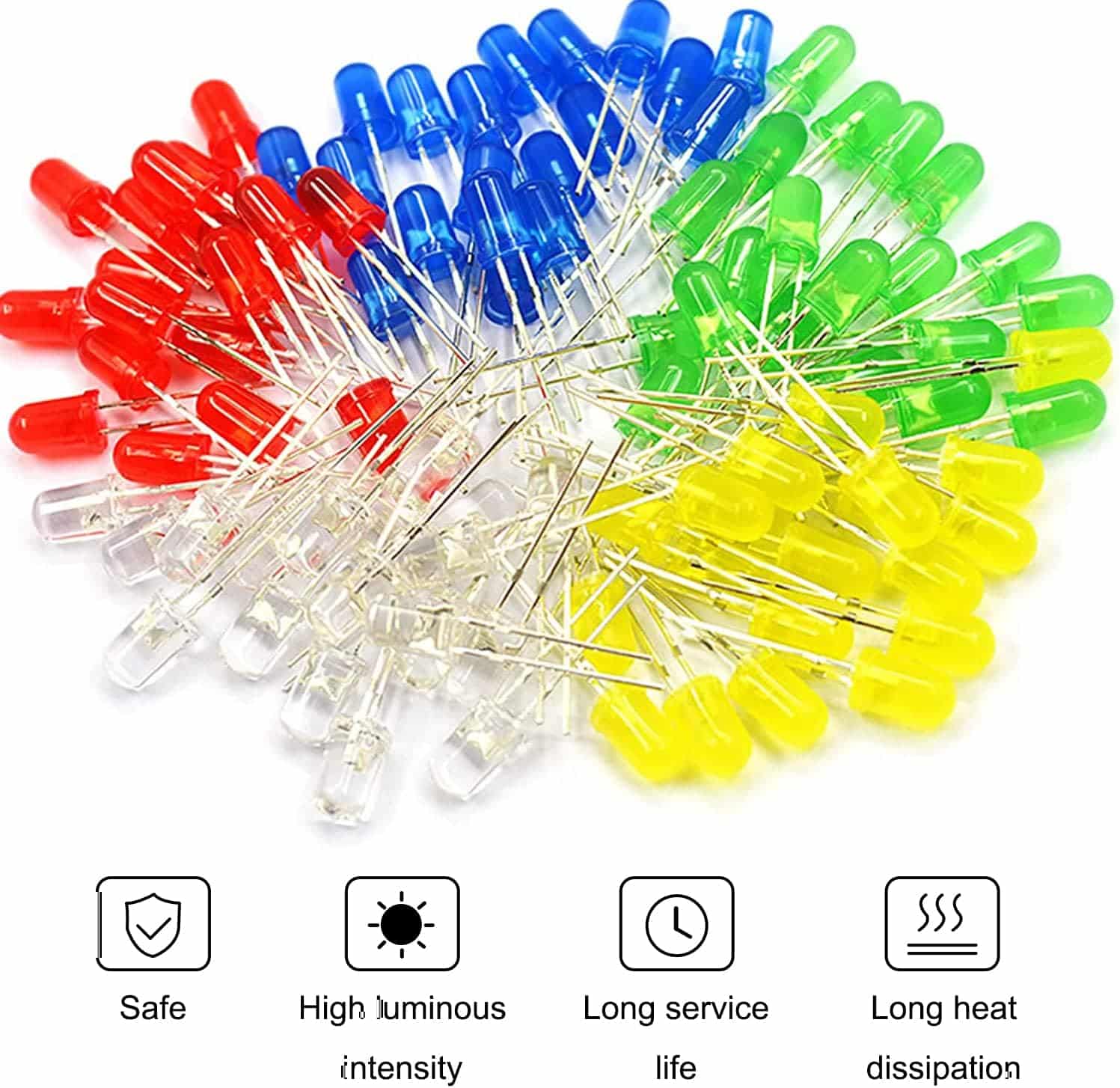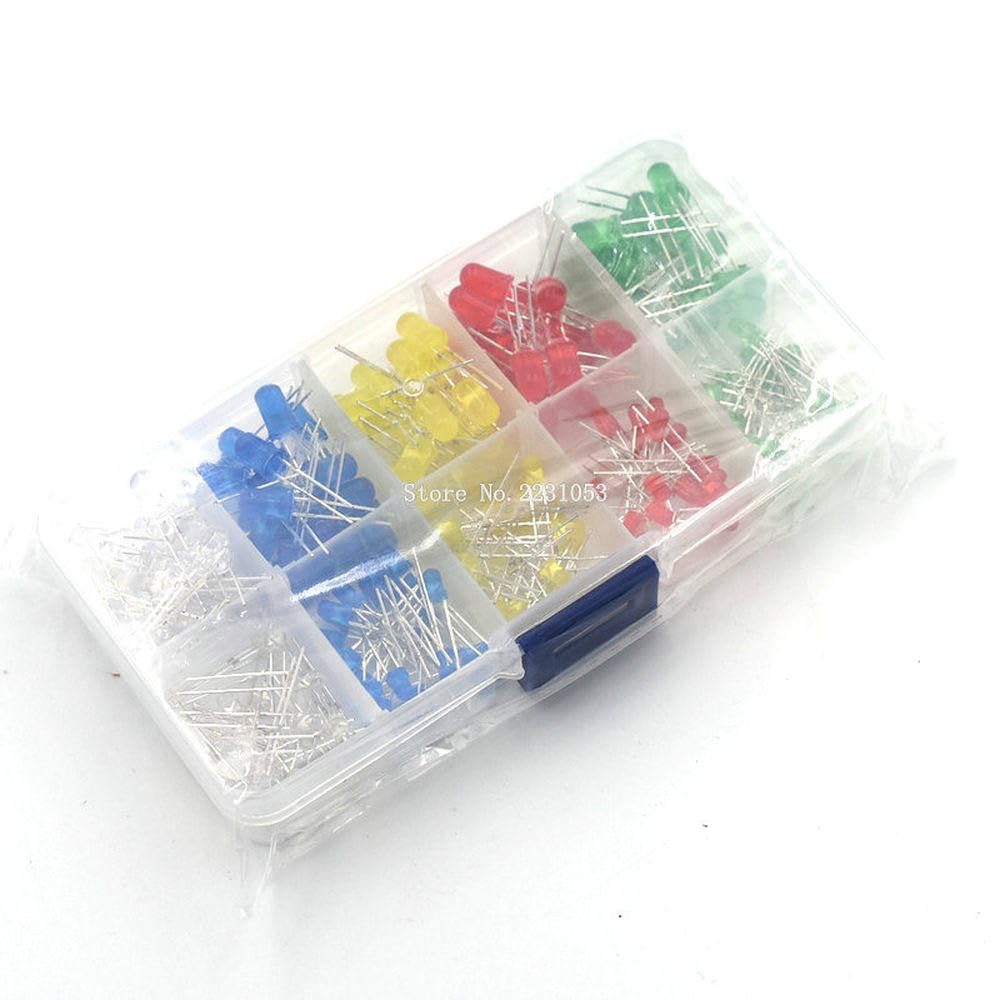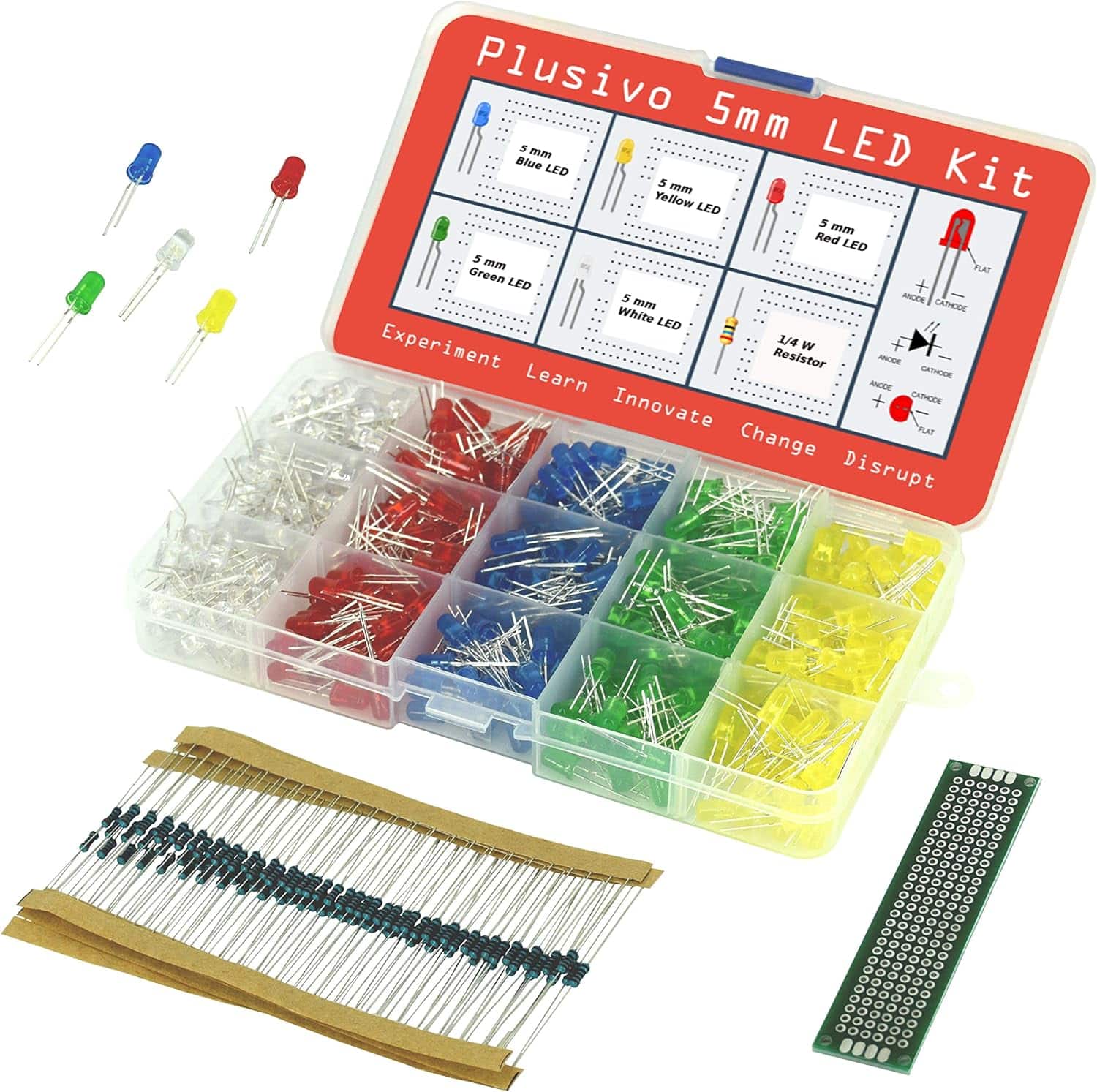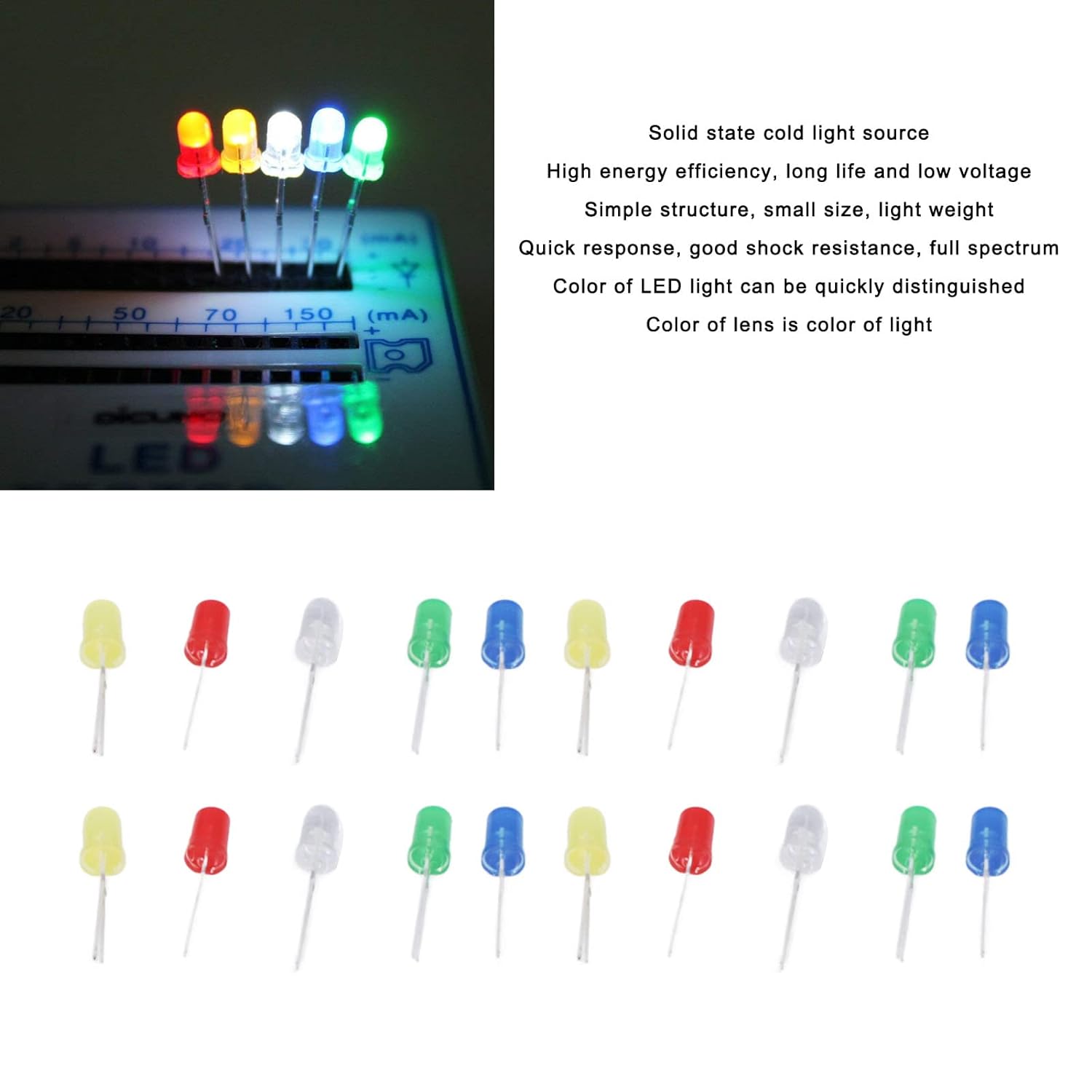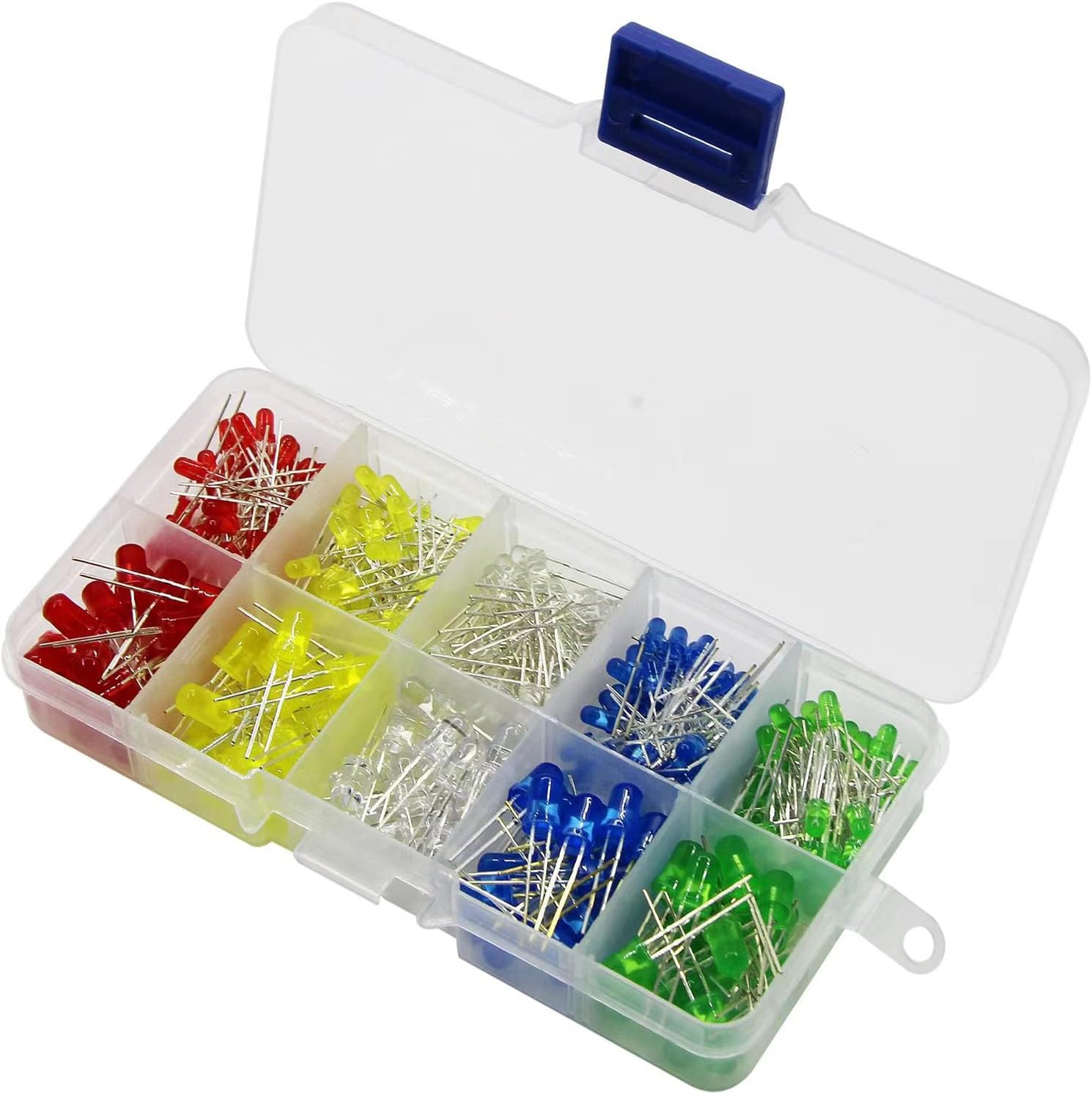Have you ever wondered, “how do I change the bulb in recessed lighting?” Don’t worry, you’re not alone. Replacing a burnt-out bulb in a recessed light fixture, also known as a can light or downlight, can be a little intimidating if you’ve never done it before. But don’t fret, we’ve got you covered with some simple and practical DIY bulb replacement in recessed lighting tips that will help you get the job done quickly and safely. With just a few easy steps, you’ll have your beautiful, functional recessed lights shining bright again.
Key Takeaways
- Changing recessed light bulbs is a straightforward DIY task when you follow safety precautions and use the right tools.
- Always turn off the power at the circuit breaker or fuse panel before starting bulb replacement to avoid electrical hazards.
- Let bulbs cool down before handling them to prevent burns and wear protective gear like gloves and safety glasses to reduce risks.
- Understand the different types of bulbs used in recessed lighting to choose the appropriate replacement.
- Follow a step-by-step guide to removing old bulbs and installing new ones, troubleshooting any issues as needed.
Introduction to Recessed Lighting Replacement
Recessed lighting is a popular choice in modern homes, favored for its design compatibility and functional appeal. Whether you’re updating lighting or tackling a simple bulb change, the replacement process begins with gathering the right tools and observing necessary precautions to ensure safety and the proper functionality of your lighting fixtures.
Planning your approach to replacing a bulb in recessed lighting can seem daunting, especially if you have limited experience with such tasks. The good news is that with the right knowledge and a little planning, you can achieve easy bulb replacement in recessed lighting and enjoy the benefits of a well-lit space.
Recessed lighting is not only beautiful and functional, it also contributes to the overall aesthetic and energy efficiency of your home.
Here is a quick overview of what you’ll need to know and do for a successful recessed lighting replacement:
- Identify the type of recessed lighting fixture and bulb. Different recessed lights use various types of bulbs and installation mechanisms. You’ll need to be familiar with your specific setup to choose the appropriate replacement bulb and complete the replacement process.
- Prepare the necessary tools and equipment. Having the right tools will make the job go smoothly, while ensuring your safety. Gather a stable ladder, gloves, safety glasses, a screwdriver, and a voltage tester before beginning.
- Follow safety precautions. Turn off the power to the fixture and allow the bulb to cool before attempting to remove it.
- Remove the old bulb and install the new one. Employ proper technique while removing and installing bulbs to avoid damaging the fixture or the bulb itself.
- Test the newly installed bulb and troubleshoot if necessary. After successful installation, turn the power back on and test the new bulb. If it doesn’t work immediately, try a few troubleshooting techniques to identify and resolve the issue.
By understanding these key points, you’re well on your way to a successful and safe recessed lighting replacement experience.
The Importance of Safety First When Changing Bulbs
When it comes to changing bulbs in recessed lighting, safety should always be the top priority. This requires careful attention to power sources, the bulb’s temperature, and utilizing protective gear during the process. By following these guidelines, you can minimize the risk of accidents and ensure a successful bulb replacement.

Powering Down: Circuit Breakers and Fuses
Before starting the bulb replacement process, it is crucial to turn off the power at the circuit breaker or fuse panel to avoid any electrical hazards. Identifying and flipping the correct switch or circuit is essential to prevent accidental shocks or short circuits during the procedure. A smart habit to develop is always using a voltage tester to confirm that the power source is off before starting any electrical work.
Letting the Bulb Cool Down
It’s essential to give a burnt-out bulb time to cool down before attempting a replacement to avoid potential burns. This is especially important if the bulb was recently in use, as the heat generated can pose safety concerns. A good rule of thumb is to wait at least 15 to 30 minutes after turning off the power before handling the bulb.
Protective Gear for Bulb Replacement
Wearing proper protective gear is essential during the bulb replacement process. This includes gloves and safety glasses, which can minimize the risk of cuts from sharp edges or potential breakage of bulbs. Electrostatic discharge from bulbs can be harmful, so wearing protective gear ensures a safe and accident-free replacement process.
“Safety first” isn’t just a catchphrase; it’s a best practice when working with any electrical components, including bulb replacement jobs.
In summary, emphasizing safety first when changing bulbs, turning off circuit breakers and fuses, allowing the bulb to cool down, and using appropriate protective gear is essential for a successful and secure bulb replacement. By following these protocols, you will greatly reduce the risk of injury and ensure a smooth process for reviving your recessed lighting with a fresh, functional bulb.
Identifying the Right Tools and Materials
Having the right tools and materials for changing bulbs is vital to facilitate a non-hazardous and fruitful replacement procedure. The equipment should keep you safe and ensure the fixture remains secure throughout the process. Here, we will discuss the essential tools required for a successful bulb change in recessed lighting:
- Stable ladder
- Screwdriver (if needed for removing housing or trim)
- Gloves
- Safety glasses
- Voltage tester
A stable ladder provides safe and easy access to the recessed light fixture. Preferably, use a ladder with non-slip feet and an appropriate height, allowing you to comfortably reach the fixture without overextending.
A screwdriver may be necessary for those cases where you need to remove the housing or trim of the recessed lighting. Remember to choose the right type (flathead or Phillips) and size, based on the screws securing the fixture.
Protect your hands by wearing gloves, as some bulbs may have sharp edges or can shatter if not handled carefully. Furthermore, gloves help avoid contact with the metal parts on the bulb that could cause an electrostatic discharge, leading to malfunction or decreased lifespan.
Wearing safety glasses shields your eyes from potential debris and the unlikely event of the bulb shattering during the replacement process.
Lastly, a voltage tester can confirm that there’s no current flowing through the light fixture before you start the replacement process, ensuring your safety and preventing any electrical hazards.
Remember, safety should always come first when replacing bulbs in recessed lighting fixtures. With the right tools and materials at hand, you can efficiently and securely replace the burnt-out bulb, enhancing the ambiance of your space.
Understanding Different Types of Recessed Lighting Bulbs
Recessed lighting, a popular lighting choice in modern homes, can accommodate various types of bulbs, each with distinct features and benefits. In this section, we will explore three main types of recessed lighting bulbs: traditional incandescent/halogen, energy-efficient LED, and compact fluorescent (CFL) bulbs.

- Incandescent/Halogen Bulbs
- LED Recessed Lighting
- CFL Recessed Lights
Choosing the right bulb for your recessed lighting depends on factors such as energy efficiency, color temperature, and lifespan.
| Types of Bulbs | Lifespan | Energy Efficiency | Color Temperature |
|---|---|---|---|
| Incandescent/Halogen | Shortest | Lowest | Warm White |
| LED | Longest | Highest | Versatile |
| CFL | Medium | Medium | Cool White |
Incandescent and halogen bulbs have been the traditional choice for recessed lighting, providing a warm and cozy ambiance. However, they have a shorter lifespan and lower energy efficiency compared to LED and CFL bulbs.
LED recessed lighting has become increasingly popular due to its long lifespan, high energy efficiency, and versatility in color temperature options. As a bonus, LED bulbs also emit less heat, making them safer for long-term use.
CFL recessed lights are another energy-efficient option, with a lifespan longer than incandescent bulbs but shorter than LEDs. They generally provide a cool white light, creating a bright and crisp atmosphere.
In summary, understanding the different types of recessed lighting bulbs can help you make an informed decision when choosing the right bulb for your home. Consider the factors such as energy efficiency, color temperature, and lifespan when comparing incandescent, LED, and CFL bulbs.
Step-by-Step Guide to Removing the Old Bulb
Changing the bulb in your recessed lighting can be a breeze if you follow these straightforward steps. I will walk you through the process of safely removing the old bulb and getting your fixture ready for a new one.
- Turn off the power – Before even touching the fixture, ensure that the power source is disconnected, either by switching off the circuit breaker or removing the fuse. This is a crucial step to avoid electrical hazards.
- Let the bulb cool down – After switching off the power, give your burnt-out bulb some time to cool down, particularly if it was recently in use. The heat generated by the bulb can cause potential burns, so make sure it’s safe to touch.
- Pull down the housing – Carefully pull down your recessed light housing or the trim, depending on the fixture type. It may require a small flathead screwdriver to release the clips or a simple twist to unlock it.
- Remove the old bulb – With the housing or the trim removed, you should now be able to access the old bulb. Grasp the bulb gently, and twist or unlock it from its socket, based on the mechanism used for your fixture. It’s important to handle the bulb delicately to avoid any damage.
Keep in mind the type of fixture mechanism for your recessed light, as it varies depending on the design. While some lights have clips that hold the bulb in place, others rely on a twist-and-lock feature.
Pro tip: Make sure to properly dispose of the burnt-out bulb, as some bulb types may contain hazardous materials. It’s essential to take care of the environment while making your home look its best!
Now that you’ve successfully removed the old bulb, you’re one step closer to enjoying the benefits of a new, well-illuminated room. Stay tuned for the next section, where we’ll dive into the details of installing a new bulb in your recessed lighting.
Installing a New Bulb in Your Recessed Lighting
After successfully removing the old bulb from your recessed lighting, it is time to install a new one. To do this, follow the steps below:
- Gently align the new bulb with the socket
- Employ the correct insertion method—whether twist-lock or clipping
- Ensure the bulb is seated securely but not overtightened
It is essential to match bulb sizes and types to the fixture. For instance, use a BR30 bulb for 4-inch diameter cans and a BR40 bulb for 6-inch diameter cans. This compatibility ensures the seamless integration of the new bulb with the recessed lighting system.
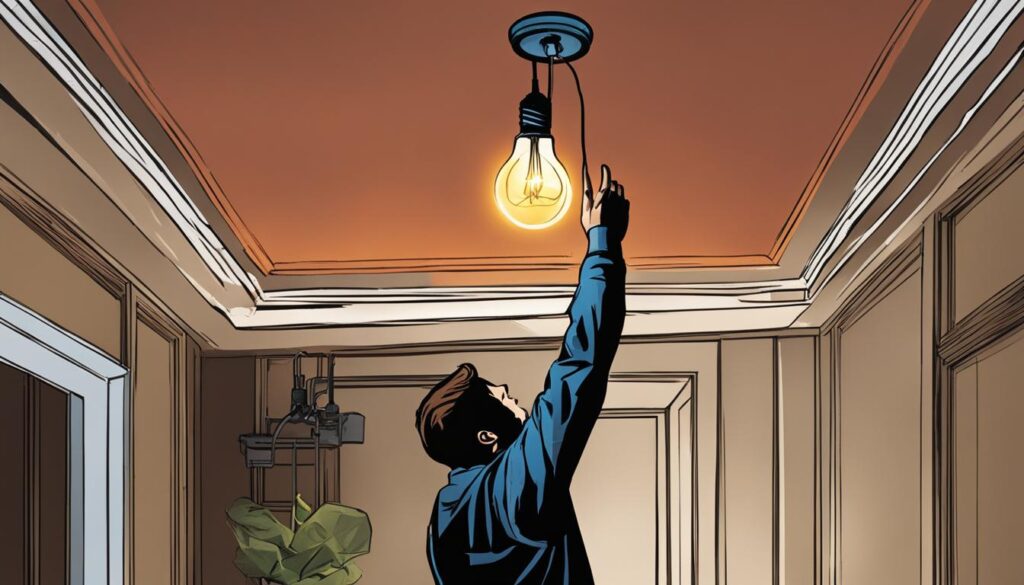
Securing the New Bulb Correctly
When securing the new bulb, it is crucial not to overtighten it within the socket. Overtightening may compromise the socket and lead to potential malfunctions. On the other hand, a loosely fitted bulb may not function optimally due to poor connectivity.
“Remember, the perfect balance between security and gentle handling is the key to a successful and long-lasting bulb replacement in recessed lighting.”
A properly-installed bulb should fit snugly in the socket. Double-check that the housing and trim are securely in place to prevent future issues or accidents. Once you’ve completed these steps, you can safely restore the power and enjoy your refreshed recessed lighting.
Troubleshooting: When the New Bulb Doesn’t Work
After troubleshooting bulb change in recessed lighting, if you find that the new bulb doesn’t work, don’t panic. Often, a few simple steps can pinpoint the issue, getting your light back in full working order quickly. These may include checking that the power is restored, ensuring the bulb is installed correctly or re-examining the circuit breaker.
Follow these practical recessed light troubleshooting tips when your new bulb doesn’t work:
- Ensure power restoration: Make sure you’ve switched the power back on at the circuit breaker or fuse panel.
- Verify the tightness of the bulb’s installation: Double-check that the bulb is properly installed within the socket, neither too loose nor too tight, as that may disrupt the connection.
- Re-check the circuit breaker: If the light still doesn’t work, examine your circuit breaker for any issues. There might be a blown fuse, a tripped circuit or a faulty switch.
Occasionally, these steps may not resolve your issue, and you may need to consider other alternatives:
- Consult an electrician: If you’ve tried the above suggestions and the light still isn’t functioning, enlisting the help of a licensed electrician may reveal deeper electrical problems or potential wiring issues.
- Review fixture manual: Consulting your recessed lighting fixture’s manual for specific recommendations can help in troubleshooting, as some models may require specialized instructions or maintenance.
In summary, to troubleshoot when the new bulb doesn’t work, always ensure that the power is on, the bulb is appropriately fitted in the socket, and the circuit breaker is in proper working order. If, however, after following these steps your light still isn’t functioning, don’t hesitate to call in a professional electrician or refer to your fixture’s manual for additional guidance.
Conclusion
Incorporating the essential tips for changing bulbs in recessed lighting, one can confidently and safely replace burnt-out bulbs in their home. From selecting the appropriate bulb type to adhering to safety precautions, thorough planning and preparation contribute to a successful recessed light bulb change. It’s important to remember that understanding the distinct intricacies of this task prevents mishaps and ensures ambient, functional lighting.
Recessed lighting replacement is not a Herculean task when attention is given to essential safety standards and understanding the step-by-step process. Efficient and timely maintenance of your lighting fixtures prolongs their lifespan and preserves your space‘s aesthetics. Mastering this skill can save time and resources while offering a sense of accomplishment.
In this enlightening journey of DIY bulb replacement, we’ve explored the importance of safety, the right tools, removing and installing the bulbs, troubleshooting, and, most importantly, understanding the different types of bulbs. Now that you’re equipped with the necessary knowledge, say goodbye to darkness and embrace radiant interiors with the successful completion of your recessed light bulb change.
FAQ
What safety precautions should I take when changing a bulb in recessed lighting?
Always turn off the power at the circuit breaker or fuse panel, allow the bulb to cool down, and use gloves and safety glasses to protect yourself from potential injuries.
What tools and materials will I need for DIY bulb replacement in recessed lighting?
A stable ladder, screwdriver (if required for removing housing or trim), gloves, safety glasses, a voltage tester, and a new bulb of the appropriate type are all necessary for replacing a bulb in recessed lighting.
What are the different types of recessed lighting bulbs?
Recessed lighting can accommodate incandescent/halogen, LED, and CFL bulbs. LEDs are energy-efficient with various color temperature options, while incandescent and CFL bulbs offer warm light and cost-effectiveness respectively.
How do I remove the old bulb from my recessed lighting?
After ensuring the power is off and the bulb is cooled down, pull down the housing and safely twist or unlock the bulb from its fixture. The removal method will depend on whether the fixture uses clips or a twist-lock mechanism.
How do I install a new bulb in my recessed lighting?
Gently align the new bulb with the socket and use the appropriate insertion method, such as twist-lock or clipping. Ensure the bulb is seated securely but not overtightened to avoid damaging the socket.
What should I do if the new bulb doesn’t work after installation?
Check if the power has been restored, make sure the bulb is properly installed in the socket, and re-check the circuit breaker. If necessary, consult an electrician or the fixture’s manual for further troubleshooting.


